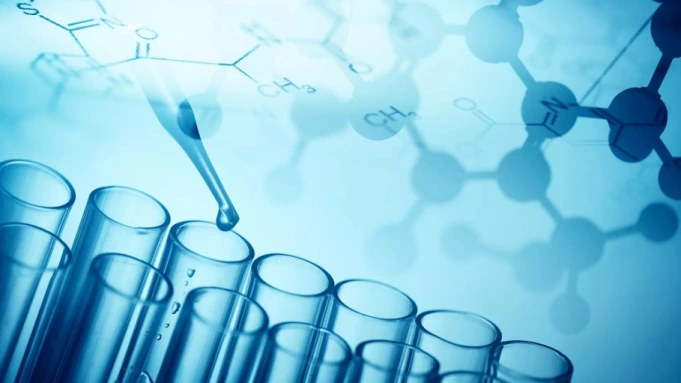
Higg, a three-year-old public-benefit corporation and sustainability insights platform that helps companies measure their environmental, sustainability and governance success, announced this week that it is partnering with Bluesign and ZDHC, two leaders in sustainable chemical management. The partnerships will further expand the available data on Higg’s platform. This additional information will help textile manufacturers improve chemical management, reduce the risk of water toxicity, better analyze and address human health impacts and eliminate harmful chemicals from their production processes.
“Reliable and universally consumable data is the best weapon we have for advancing sustainability performance as an industry,” said James Schaffer, Higg’s chief strategy officer. “It’s not a battle we can fight alone. Partnering with Bluesign will allow us to help our shared customer base enrich their insights, make better chemical purchasing decisions to reduce the negative impacts of manufacturing on worker health and safety and protect the environment through better resource management. Soon, customers will be able to take advantage of tighter integration between Bluesign and Higg assessments. At the same time, through our developing partnership with ZDHC we’ll be able to explore more powerful, scalable solutions for joint customers that need to improve chemical usage and wastewater treatment across their entire supply chain.”
Through their new alliance, Higg and Bluesign will explore how mutual customers can share data between the platforms, with Bluesign facilities gaining access to Higg’s facility tools. In addition, Higg will work with ZDHC to bring ZDHC’s facility improvement resources to Higg customers, including the Resource Efficiency Module, which is focused on greenhouse gas emissions, water and pollution.
[…] The three organizations have their work cut out for them. According to a June 2022 report conducted by ZDHC, between 6 and 8 percent of all greenhouse gasses can be attributed to chemicals produced in the textile industry.
➔ Read the full article on Sourcing Journal
